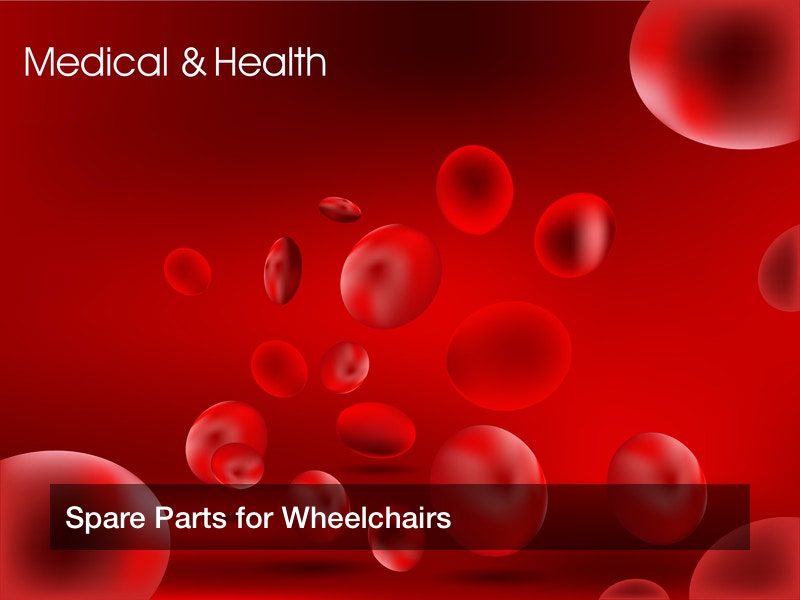
At any time, there will always be a population of people who have reduced or minimal physical mobility, often due to injuries, paralysis, arthritis, or even amputations. Fortunately, there are plenty of mobility enhancement devices out there to help these people get around comfortably, and there is more out there than ordinary wheelchairs. When someone is recovering from a broken leg, they can use crutches, and special components in van and buses allow disabled individuals to get on board and back off without much trouble. Not to mention sliders that allow the disabled to smoothly get in and out of their own car. Of course, these devices need routine care and repairs, such as new tires for wheelchairs, wheelchair brakes, folding wheelchair replacements, and more. Inclusive travel is quickly becoming the norm, but maintaining all this takes some work, too.
Humanity and Disabilities
Having physical disabilities is, statistically speaking, a fact of life and a permanent facet of society. There always have been, and always will be, those with limited physical prowess and mobility, and tracking statistics is an important step toward accommodating them all. Around the world, 10% of all people are disabled, which means over 650 million individuals are living with some disability or other at any time. And in any nation with a life expectancy over 70 years, a person is likely to spend eight years, or 11.5% of their lifespan, living with disabilities. Also, the rate of disabilities is climbing: from 2010 to 2016, the American civilian population with disabilities grew from 11.9% to 12.8%, and not all of them are elderly.
Many people in their 20s or 30s are disabled, too. It is believed that about 20 million people aged 18 and over have major difficulty with climbing stairs or walking, making up 7.1% of all non-institutionalized people who have disabilities. Unfortunately, statistics suggest that having a disability also impacts a person’s earning ability; those with disabilities only earn a fraction of fully-abled people do. Some may earn 70% less, in fact. So, what can be done to accommodate them and make daily life a little easier? Having the right gear, from spare tires for wheelchairs to shower chair parts, is a good start.
Disability Hardware
Devices and features that aid the disabled have come a long way. More than ever, modern society is aware of the differently-abled and their particular needs, and by now, around 98% of all public transport buses have the right features to allow wheelchair-bound passengers to get on and off. Vans can also be equipped with such features, typically a motorized platform that has enough room for one wheelchair at a time. This platform can extend itself outside the vehicle and lay flat, and once the disabled passenger gets into position, the platform has the strength to lift them and place them inside the vehicle. Buses with these features will have a large open space for that wheelchair-bound passenger to ride comfortably on the bus, and there will probably be colorful markings to make this area distinct.
Meanwhile, many public institutions such as hospitals and retirement homes are likely to have occupants with physical disabilities (temporary or permanent), and the staff there will have to maintain a proper inventory of wheelchairs, walkers, crutches, and the like. Of course, this also means keeping track of spare parts, from extra tires for wheelchairs to rubber end caps for walkers or metal canes. The staff at a hospital can place wholesale orders for new wheelchairs and their parts, such as repair kits or tires for wheelchairs, and keep all of their wheelchairs in good shape. Other accessories such as wheelchair backrests, wheelchair calf straps, and more can be ordered if needed for some users.
Not everyone needs a wheelchair, though; metal canes are also a necessity for some people, often the elderly. Canes are much smaller and cheaper than wheelchairs, and are easier to put in storage. Many walkers can also fold up to save space when stored in a closet or room. Finally, it is a good idea for the showers in a hospital or retirement home to have metal railings in them, so a physically needy occupant can support themselves and avoid falling over.
